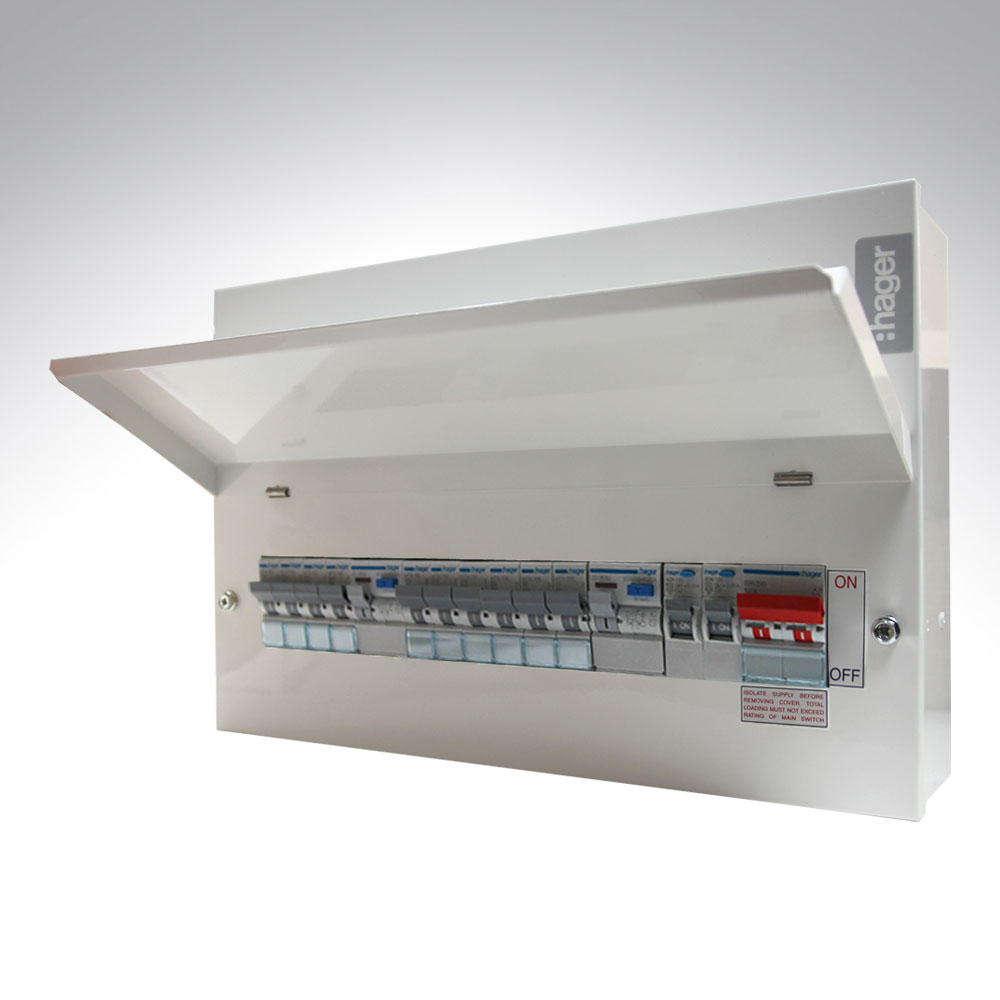- BY ZybexElectric
- POSTED IN Blog
- WITH 0 COMMENTS
- PERMALINK
- STANDARD POST TYPE

“Tower block fire highlights the risk of plastic consumer units,” says the IET.
The safety risks associated with plastic consumer units have been highlighted by a fire in a ninth floor flat in Southampton. No one was injured but the flat was extensively damaged.
In order to cut the risk for fires and injury, the IET Wiring Regulations (BS 7671:2008+A3:2015), which the Institution of Engineering and Technology (IET) jointly publishes with BSI, has launched a new requirement for non-combustible (i.e. steel) consumer units. This new requirement (Regulation 421.1.201) came into effect on 1 January 2016.
The new regulation comes as the result of the IET’s work with London Fire Brigade, BEAMA and Electrical Safety First, which reported that a rising number of domestic house fires were being caused as the result of consumer units catching fire.
In fact, London Fire Brigade’s records show that there has been a five-fold rise in this type of fire in the last five years.
“This new regulation, which requires consumer units in dwellings to be manufactured from a non-combustible material, such as steel, has the potential to save lives and cut the number of domestic fires in the UK.”
IET Chief Engineer, Geoff Cronshaw, said: “The IET Wiring Regulations set the standards for electrical installation in the UK and are used by many other countries, so they are regularly reviewed to ensure safety is top of the agenda.
“This new regulation, which requires consumer units in dwellings to be manufactured from a non-combustible material, such as steel, has the potential to save lives and cut the number of domestic fires in the UK.
“The IET is concerned to hear reports that a nationwide housebuilder will still install plastic consumer units within new-build dwellings, despite the introduction of the new regulation. It believes that this may be the result of contracts that may have been agreed months or years ago and the building work would have been priced on the requirements at the time. However, it is drawing attention to the fact steel and plastic consumer units are very similar in price.”
Charlie Pugsley, London Fire Brigade Group Manager, said: “London Fire Brigade has seen an increase in the number of household fires that involve consumer units over the last few years. The Fire Investigation Team has looked carefully at the cause of those fires and established that there were issues with high resistance connections where cables weren’t terminated correctly.
“However, it simply wasn’t enough for us to draw conclusions based on evidence from the scenes of fires the Brigade had attended. We therefore set about performing a number of controlled tests. Our initial analysis was confirmed and the evidence raised a number of concerns about the flammability of the plastic enclosures of consumer units.
“By using our insight and knowledge, and continuing to collaborate with organisations like the IET, we hope we can prevent as many domestic fires as possible which are caused as a result of faulty consumer units. This new amendment will certainly go some way in ensuring this happens in 2016 and beyond.”


Recent Comments